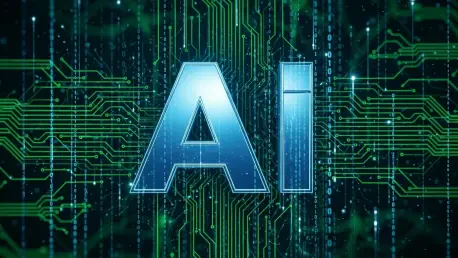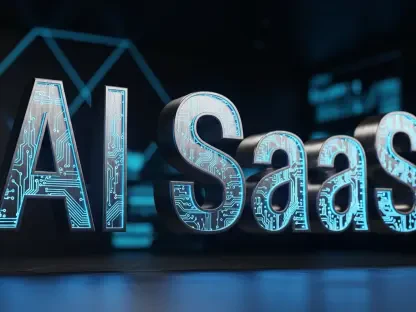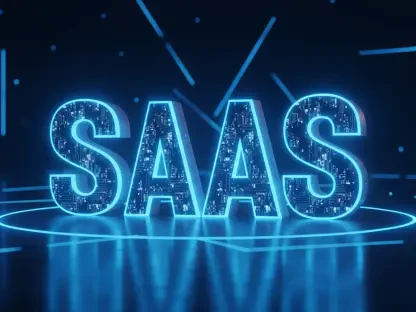Diving into the world of enterprise SaaS and AI-driven solutions, I had the privilege of speaking with Vijay Raina, a renowned expert in software design and architecture. With years of experience in shaping cutting-edge tools for businesses, Vijay offers a unique perspective on how technology is transforming the way companies operate. In our conversation, we explored the evolving role of meeting assistant tools, the integration of AI into corporate workflows, the importance of centralized knowledge bases, and the delicate balance between data sharing and privacy. Vijay’s insights shed light on the challenges and opportunities in this rapidly changing landscape.
What inspired the shift in focus for tools like meeting assistants to become comprehensive corporate knowledge bases?
The inspiration comes from a fundamental gap in how companies manage and utilize information from meetings. Initially, these tools were just about transcribing conversations, but there’s so much untapped potential in that data. Meetings often hold critical insights—whether it’s a sales strategy or a product roadmap—but without a centralized system, that information gets lost or siloed. The shift to a knowledge base is about turning raw data into actionable intelligence, making it accessible across teams to drive better decisions and efficiency.
How do you see this evolution setting such tools apart from traditional transcription services?
Traditional transcription services are linear—they give you a record of what was said and stop there. A corporate knowledge base, on the other hand, adds layers of functionality. It’s not just about documenting; it’s about organizing, searching, and integrating that data into broader workflows. This creates a dynamic resource that can inform strategy and collaboration in real-time, which is a game-changer compared to static transcripts.
Can you walk us through how new enterprise tools, like APIs and AI agents, enhance the utility of meeting data for businesses?
Absolutely. APIs are pivotal because they allow seamless integration with platforms businesses already use, like project management or CRM systems. This means meeting insights can directly feed into tasks or customer records without manual input. AI agents take it further by acting as intelligent search tools—they can sift through vast amounts of meeting notes or presentations to pull out relevant information instantly. It’s about making data not just available, but immediately useful.
Why do you believe meetings hold the majority of a company’s knowledge, and how does centralizing this data impact growth?
Meetings are where ideas are born, decisions are made, and strategies are discussed. Whether it’s a quick brainstorm or a formal board meeting, that’s where the pulse of a company lives. Centralizing this data breaks down barriers between teams and ensures everyone is on the same page. It fuels growth by reducing redundancies and miscommunications—when knowledge is accessible, companies can move faster and smarter.
How can companies balance the need to share meeting information widely while protecting sensitive data?
It’s a delicate dance. The key is implementing robust permission systems that allow granular control over who sees what. Not every piece of meeting data needs to be company-wide—some discussions, like HR or financial planning, should be restricted. Technology can enable this through customizable access settings, ensuring sensitive information stays secure while still promoting transparency where it’s beneficial.
What challenges arise from capturing small talk or off-topic chatter in meeting transcriptions, and how can they be addressed?
Capturing everything, including casual banter, can be a double-edged sword. On one hand, it provides a complete record, but on the other, it risks including personal or irrelevant content that people might not want documented. Addressing this starts with user control—giving participants the ability to pause recordings or flag sections for exclusion. Clear communication about what’s being recorded and why also builds trust and mitigates discomfort.
In the broader context of AI tools, how do you view the tension between leveraging technology for productivity and respecting user privacy?
It’s one of the biggest challenges in the AI space right now. Productivity gains from AI are undeniable—it can transform how we work—but privacy can’t be an afterthought. The focus should be on transparency and consent. Users need to know what data is being captured and how it’s used. Building systems that prioritize opt-in features and data security is crucial to maintaining trust while still delivering value.
What is your forecast for the future of AI-driven meeting tools in the enterprise space?
I see these tools becoming even more integrated into the fabric of how businesses operate. Over the next few years, we’ll likely see deeper AI capabilities, like predictive analytics that can suggest action items based on meeting content, or real-time language translation for global teams. The enterprise space will demand more customization and security features as adoption grows. Ultimately, these tools will evolve from assistants to indispensable strategic partners in driving business outcomes.









